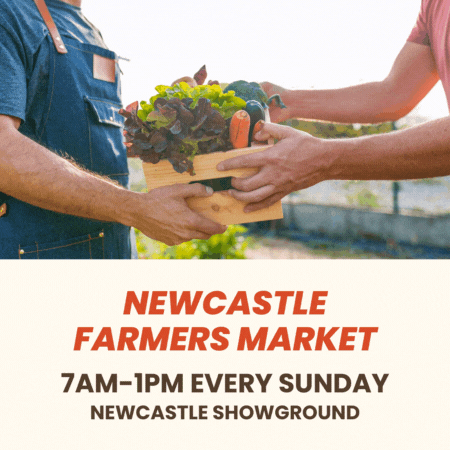Process of Discovery For Studio Tinta

Forget synthetic clothing dyes made from unsustainable petrochemicals. Thanks to initiatives like Studio Tinta and its natural plant-based textile dyes, your home and wardrobe can get one step closer to sustainability – without sacrificing style.
Studio Tinta was founded by Katie Wilkins, a native Melburnian who moved to Newcastle in 2019 with her husband and son. Formerly working in the arts scene, Katie was inspired to try out a new creative pursuit a few years ago, and she’s never looked back. “I remember reading about natural dyeing online and felt compelled to try it,” she explains. “As soon as I started, I was hooked. I dyed all the white items in my home, read every book I could find and finally set up a studio in my backyard in Melbourne.”

The next step was researching suppliers and manufacturers in Australia, with a particular focus on businesses accredited by Ethical Clothing Australia. After finding several businesses to collaborate with, Katie’s backyard project soon grew into a fully-fledged home business – something that suited her changing lifestyle as she gave birth to her son. “I had never in my life found something that I loved doing so much, so it was an easy decision to pursue it as a business,” Katie explains.
Studio Tinta’s products include silk pillowcases, scarves and scrunchies, as well as sarongs and accessories like tote bags and pouches. Dyes are created from locally sourced materials, including food and floral waste as well as foraged leaves and flowers. After putting in a fabric order (Katie sews certain items in her studio, but her popular pillowcases are made in Melbourne), it’s time to source dye materials. Then Katie hand-dyes each piece before finally paying a visit to Onwards Studio in Hamilton, where the finishing touches are put in place before orders are sent out.
The dyeing process is often one of discovery. Katie is continuously creating new dyes from natural materials ranging from avocado stones and onion skins to eucalyptus leaves, acorns, rose petals and more. “The thing I love most about natural dyeing is the element of surprise,” she says. “Each piece of fabric turns out differently depending on whether the dye material is fresh or dried, how much material is used, how long the fabric is heated for, what type of fabric is used. Sometimes I aim for a particular colour or shade, and the results are a beautiful mistake, with colours and patterns that I’ve never seen before.”
This year will see Katie sharing her skills as she begins hosting natural dyeing workshops in Newcastle. The first ‘Dine & Dye’ workshop will be held at Onwards Studio in April; participants will learn how to create dye colours and patterns from plant materials commonly found in the kitchen and garden, each taking home a naturally dyed silk scarf at the end of the day. They’ll also share a delicious vegetarian lunch and create colours using some of the waste from the meal. “I’m really passionate about extending the life of textiles and clothing, so everyone will come away with all the basic natural dye knowledge to start their own projects at home and add colour to old items in their wardrobe,” Katie says.
So what else is on the cards for Studio Tinta in 2020? In a word: markets, markets and more markets! “I’m excited to join the makers at Olive Tree, Handmade Canberra and Finders Keepers,” Katie says. “It’s going to be a big year for Tinta!”
You’ll find Katie at the next Olive Tree Market on Saturday 7 March at Civic Park from 9am until 3pm. Stop by and say hello! Mark your diary for upcoming markets on Saturday 4 April and Saturday 2nd May.

















